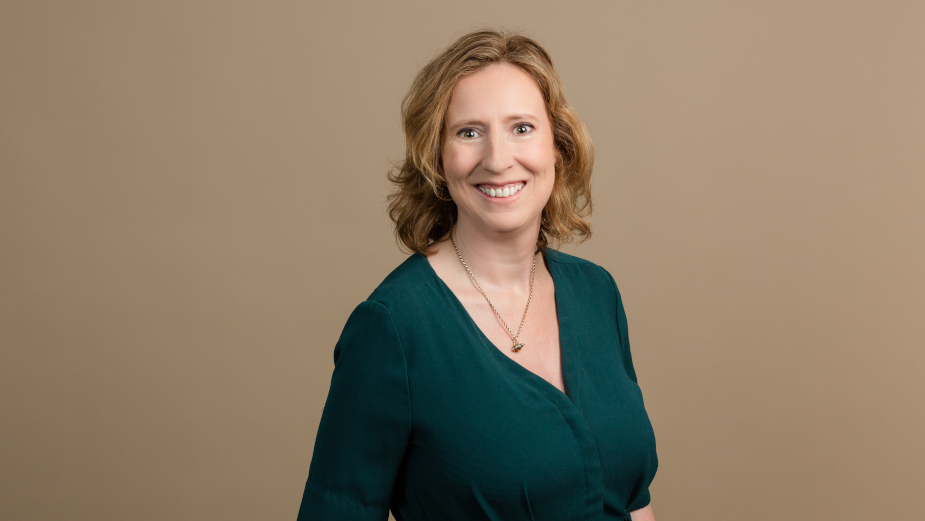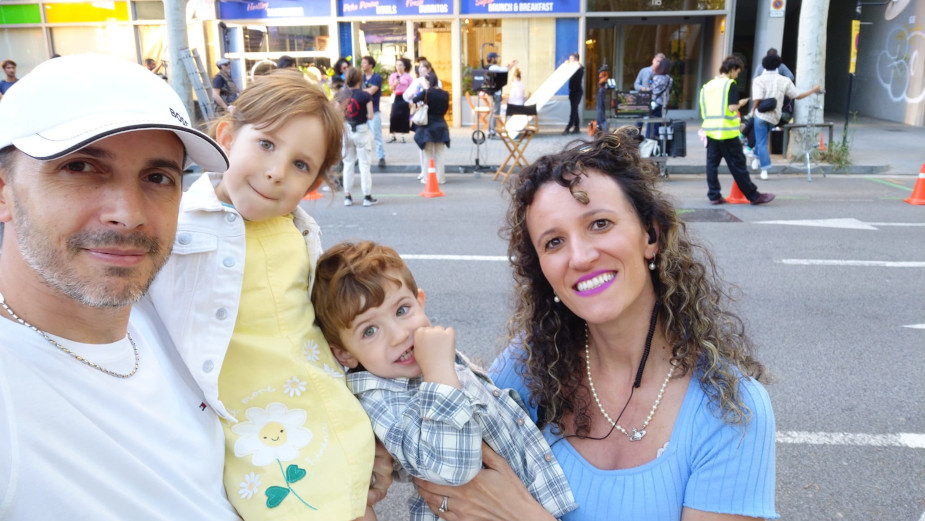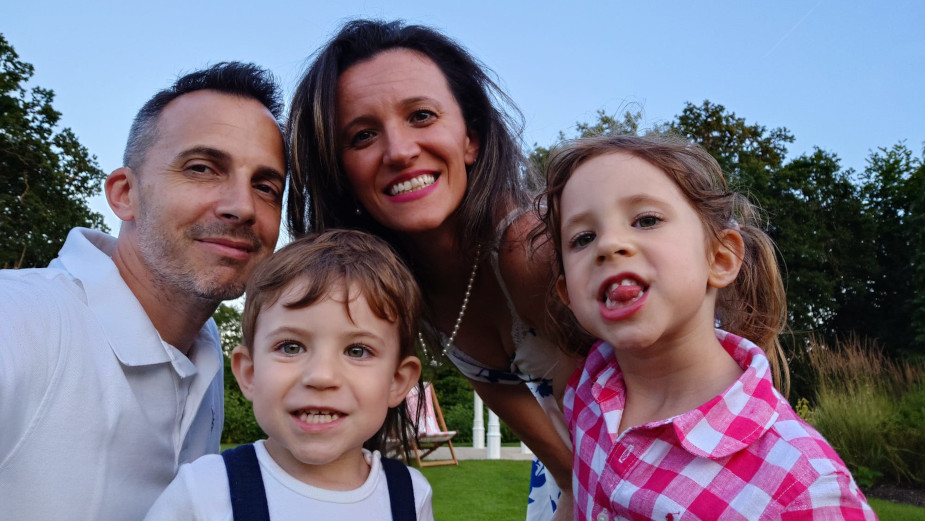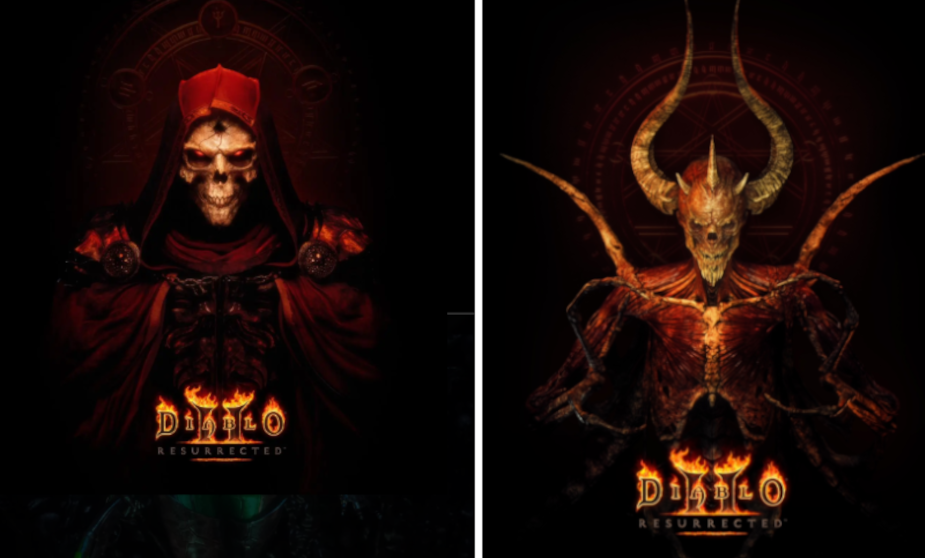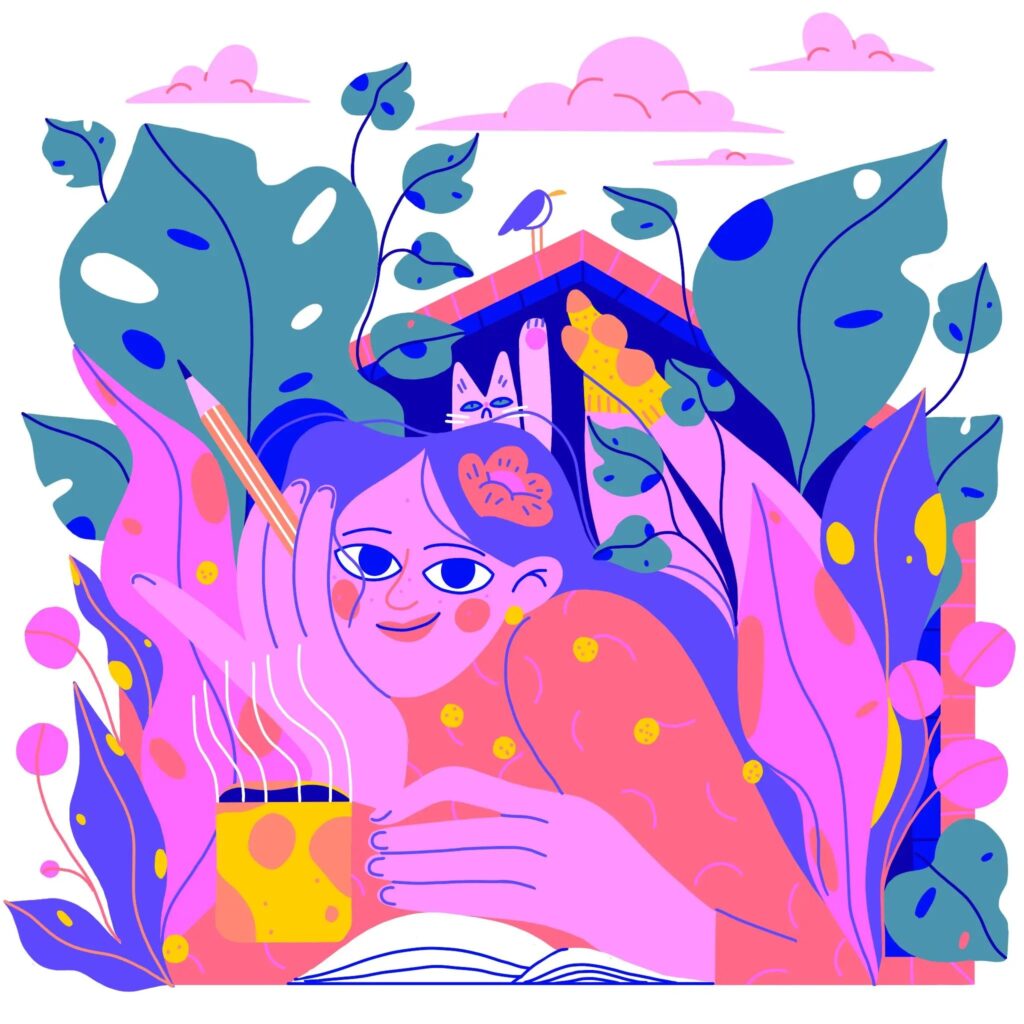Senior producer at Area 23 New York Jennifer Mejia-Ponce talks about being a queer Filipina mother in the US, the challenges of navigating a global pandemic and being a new parent, and more
Motherhood in advertising has long been an unspoken challenge – a career-defining crossroads where ambition is too often questioned, and support systems fall short. And while the industry has made progress in acknowledging the realities of working parents, tangible change is still slow, leaving many mothers to navigate the journey alone.
In this edition of Motherland in Adland, we hear from Jennifer Mejia-Ponce – a seasoned senior producer whose nearly 30-year career spans broadcast, live events, and experiential campaigns for brands like Netflix, Canon, and Nike. As a queer Filipina mother, Jennifer brings a powerful, intersectional voice to the conversation – one shaped by decades of hustle, reinvention, and resilience.
From TV studios to Bayfront builds and virtual broadcast meetings with a baby on her lap, Jennifer reflects on the evolution of her identity as both a producer and a parent. She speaks candidly about the tension between ambition and presence, and the added layers of navigating parenthood as a non-biological mum in today’s political landscape.
Jennifer’s story speaks of adaptation, strength, and reframed success in both the projects she’s delivered and in the values she’s passing on to the next generation. Read on to hear her story.
—
Wouldn’t it be grand if I could just put some prompts into ChatGPT and boom, here is my story. But of course that wouldn’t be authentic, would it? How do I talk about myself and my experiences and show everyone reading the private side of myself.
Opening up brings up feelings of not being enough, of ‘Am I worthy to read about’, self doubt and roadblocks of not feeling like I fit anywhere. I didn’t see many Asian Pacific Islanders/queer folk in the industry when I started my career. I missed the cultural connection that would make me feel like there were others like me. The industry is vast and can sometimes feed loneliness, especially after moving into remote work.
I’ve been a producer for almost three decades. Graduating from film school in the late 90’s, I worked for eight years in television with studios such as ABC and MTV. I was sadly making more than my single mom who then had served 20 years in the New York City hospital system.
Speaking of, I come from a culture where being in the medical field is almost a given – I could have been a nurse, like many of my fellow Filipinos, but I went into a job that to this day, my mom still doesn’t quite understand. It wasn’t typical. But when they asked me what I wanted to be when I grew up, my response was always manifold – an accountant, carpenter, photographer. So in a way, it makes sense I’m a producer today – we’re seen as the multitaskers, budget-sorcerers, and fire chiefs of the industry. The planner and mother of the group.
Long story short, when I graduated, I had dreams of working in film. With stars in my eyes, I imagined I’d be the next Discovery Channel Jacques Cousteau. But ‘The Deep Blue’ documentary made me rethink the idea. I ended up in television, but felt like I was young, naive and too nice for the environment.
I fell into experiential/live production and it was a 16-year-long ride of freelancing. Starting a staffing agency, creating Christmas at Macy’s for seven years, building production kits, training manuals and large installations in the middle of Miami Bayfront or FYSEE event spaces for Netflix in LA. I was also a bartender, security at a nightclub, tour manager, stage manager. I must have done 1000 interviews. Producing and being a workaholic was my life.
Time grew, experience grew and I realised I could take my experience and grow with it. I was building structures that were said to be impossible with my own hands and loving the adventure. I showed my wife that her tech knowledge was a great fit for production, and we worked together for years so we could produce our wedding and eventually raise enough money to start a family. We had a goal – more than just climbing some invisible work ladder. We were aiming for it all.
The adventure hit full stop when covid happened, coincidentally also when our baby was about to be born. The work I was building was gone. Travelling the country changed to travelling to the living room. The money we set aside was collapsing. Hustling and working three jobs at a time all came to a halt. I had just started feeling comfortable in my suit and tie I wore to events, but events were no longer.
When the world came out of lockdown with masks and virtual events. I had to re-start; contemplating about travelling 80% of the year for production jobs or not seeing the child we planned to have.
I call myself blessed after eight months of struggling with fear of how to care for our growing family. I said yes to a full time job being a virtual and senior producer in broadcast/advertising. One of the best work perks was that I was able to hold my baby during conference calls. I felt like a fish out of water, but being able to smell my baby was what calmed me. Broadcast was familiar but far from what I recalled – I reminded myself of the hustle to learn every facet of experiential with no guide book; this new role was no exception.
At 48, our daughter was born and I buckled down at my new job. Life was fulfilling its destiny after marrying my wife five years earlier when marriage became legal in the US.
Now it’s 2025. Feeling older than my peers, where in most businesses you would be looked at to exit or move up positions. I am also now navigating a not-so-baby four-year-old with emotions that I need to understand, through experiences I myself wasn’t allowed to feel as a child. I am the gentle parent who is trying to keep the gentleness, even though I was plopped in front of a TV growing up and constantly told to keep quiet.
Nothing can prepare you for having a kid and a full-time job at the same time – not even working months on a production and 72 hours straight of no sleep. It’s a completely different type of exhaustion. Now, you’re living for a small human who needs you literally at every step of life – priorities shift.
Now, I am a senior producer who slowed down her career to be home with the toddler, and a mama who’s had to navigate feelings of not being ‘the biological mom’. The mom who had to get court papers – to be my child’s legal mom if something was to happen. You’d think loving it would be enough, but our political climate is not supportive of queer lives.
Each day weighs differently in my head. Family versus work? Am I getting too old for this? Which comes first, the toddler who asks me to put my phone down, or the meeting? Do I say to my child ‘Wait five minutes’, so I can send my pressing emails about timelines, budgets and client must-haves? Do I feel all the guilt of missed playdates? Do I start missing school events to not be up ‘till midnight working through what I didn’t do during the day?
I sometimes miss the set builds and events where I was king with my walkie talkie and creating experiences that made people smile. But now I get to be home when my child gets out of school or needs a hug. I finally fit in with so many other moms, who, too, juggle work and parenthood. I found my community in some way, even if it’s through a screen! I’ve found a space where I can produce award-winning work – one that matters in the real world.
I’ve always said, producing is being asked to make unicorns fly. One, unicorns don’t fly. Two, unicorns aren’t real. But being both a producer and mother in today’s world is even harder – we shift, we reset and find the ways to survive and to learn from the struggles. We fight to be stronger, to be better and to secure balance like we do on any production set. I’m looking forward to the future where my kid learns to see the world, hopefully knowing her mom could do pretty much anything with a good mindset.
I can’t say I’m at all perfect, or that I don’t struggle daily with my direction. But, the best part of this industry is that it’s an open door. Like an AI prompt, I just need to figure out the key words to get me where I’m supposed to be.


